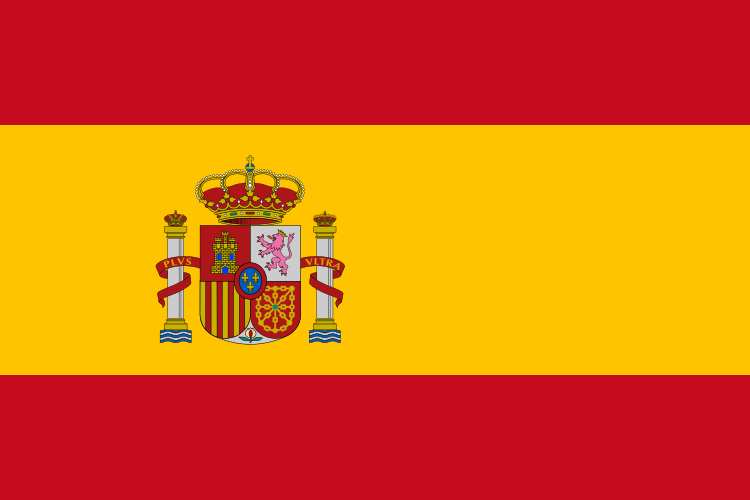 Obtaining a low sperm count from a stallion can be frustrating and the issue may or may not be able to be remedied depending on the cause. It is best to have a thorough Breeding Soundness Exam performed on the stallion in order to evaluate and determine why he is ejaculating low sperm numbers. An examination performed by a veterinarian well-versed in reproduction can provide valuable information. In this brief article, Dr. Elena Martinez de Andino of SBS Veterinary Services discusses two questions to consider when first trying to determine the cause of the low sperm numbers in an ejaculate.
Obtaining a low sperm count from a stallion can be frustrating and the issue may or may not be able to be remedied depending on the cause. It is best to have a thorough Breeding Soundness Exam performed on the stallion in order to evaluate and determine why he is ejaculating low sperm numbers. An examination performed by a veterinarian well-versed in reproduction can provide valuable information. In this brief article, Dr. Elena Martinez de Andino of SBS Veterinary Services discusses two questions to consider when first trying to determine the cause of the low sperm numbers in an ejaculate.
Question #1: Are You Obtaining a Complete Ejaculate?
It must first be determined if the stallion is completely ejaculating when semen is being collected. Even though he may appear to be thrusting well and even flagging his tail, some stallions may still give partial ejaculates. An alkaline phosphatase test may be run on the ejaculate obtained to assess if the ejaculate you obtained is complete. If it is not, further evaluation both reproductively and systemically should be done on the stallion to determine the underlying cause. Accurate measurements of his testicles via ultrasonagraphy is a good way to approximate testicular mass and an expected sperm number that should be produced. By comparing his theoretical daily sperm output versus actual daily sperm output can be helpful in determining potential breeding issues (see below).
Question #2: What is His Age and Medical History?
If it is determined the stallion is fully ejaculating (high alkaline phosphatase in ejaculate collected and 7-8 urethral pulses palpated during collection), then aspects such as age and medical history would be important to evaluate. A young stallion that has yet to reach sexual maturity or an older stallion experiencing testicular degeneration may have smaller testicles resulting in lower sperm numbers.
For his history, it would be good to know if the stallion has been on any medications. Specifically, Altrenogest (brand name Regumate). Though Altrenogest is helpful in suppressing some stallion behavior during competitions, it has been known to decrease sperm count and testicular size. Even if the stallion has been off this medication for a period of time, it is unknown whether sperm production will return to previous levels. Other drugs can also adversely affect sperm number and quality. It is best to take into consideration any medications he may have been given in the previous 60 days. For more information visit our article Suppression of Stallion and Mare Behavior.
 During the breeding soundness examination, testicular volume should be measured with an ultrasound. Calculating length, width, and height of each testicle as well as total testicular volume is key for determining what a stallion’s likely daily sperm output is. The stallion may have small testicular volume and be producing as many sperm as he is able. It is also possible to perform an ultrasound of the internal accessory sex glands to determine if there is spermiostasis (blockage or “plugged ampulla”), either bilateral or unilateral, which could result in the reduction of sperm output relative to the expected daily sperm output (DSO) based on the measured testicular volume. Additional information about spermiostasis can be found in our article, Sperm Accumulation in the Stallion.
During the breeding soundness examination, testicular volume should be measured with an ultrasound. Calculating length, width, and height of each testicle as well as total testicular volume is key for determining what a stallion’s likely daily sperm output is. The stallion may have small testicular volume and be producing as many sperm as he is able. It is also possible to perform an ultrasound of the internal accessory sex glands to determine if there is spermiostasis (blockage or “plugged ampulla”), either bilateral or unilateral, which could result in the reduction of sperm output relative to the expected daily sperm output (DSO) based on the measured testicular volume. Additional information about spermiostasis can be found in our article, Sperm Accumulation in the Stallion.
If the stallion is still young, testicular mass may increase as he reaches sexual maturity as well as improve during the physiologic breeding season (increasing daylight during the spring and summer). On the other hand, the stallion may genetically have small testicles or may be undergoing testicular degeneration. Neither one of these can be solved, but many stallions with low sperm numbers can have lucrative breeding careers with good management. Additionally, this testicular ultrasound exam would also show if any masses or abnormalities are noted within the testicles, epididymides, or spermatic cord. For example, though rare, a testicular tumor can potentially reduce sperm numbers.
It would also be beneficial to perform a stallion endocrine panel to determine the levels of testosterone, LH, and FSH as a diagnostic to help explain small testicles or low sperm production. Our article, Endocrine Diagnosis of Infertility in Stallions, provides additional information about the usefulness of this diagnostic tool.
Conclusion
All in all, there is no easy answer or solution to low sperm numbers. While a few potential causes have been mentioned, this is not an exhaustive list. Ultimately, there is no medication to make testicles produce more sperm. However, it is worthwhile to find out the cause and then see if there is a possible solution. Even if no means is available to improve his daily sperm output, there are ways to maximize breeding management on the stallion and mare side so that a stallion with low sperm output can have a valuable breeding career.
You may also be interested in the following articles:
Heat Stress and Equine Reproduction
Declining Fertility in the Aging Stallion


Log in to join the conversation.